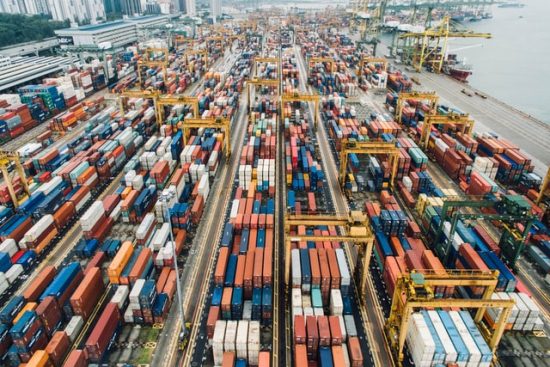-
Some port operators are suffering lower margins due to higher processing costs caused by safety measures, greater inefficiencies and increased waiting times
-
There could be some permanent impacts on supply chains, including a pivot towards shorter regional supply chains
-
Consumer expenditure on services and experiences is seen to recover once restrictions are lifted, resulting in a shift away from temporarily increased expenditure on goods
-
Geographically diversified port operators and those handling “stickier” types of cargo are the least affected by congestion
Bottlenecks at ports and congestion-related effects are expected to last until end-2021 before being resolved 2022, although some supply chain changes could be permanent, according to a new report from Fitch Ratings.
The credit rating agency said global shipping has been battling with chaotic schedules for months. This is due to demand for container transportation and trade volumes recovering sharply in the second half of 2020 and continuing to grow in the first half of this year, supported by increased consumption of goods after a contraction in the first half of 2020 when lockdowns peaked.
There has also been a shortage of empty containers in places where they are needed, a shortage exacerbated by the Suez blockage. The scale of congestion has led to significant delays in unloading and led to many ports operating at full capacity.
Factory closures and pandemic containment measures have aggravated the situation, as they have slowed down ports’ operations.
Fitch said some port operators are suffering lower margins due to higher processing costs caused by safety measures, greater inefficiencies and increased waiting times. However, storage charges at ports have increased, offsetting some ports’ costs, while the strong rebound in volumes have supported the operators’ performance.
On the other hand, shipping lines are currently enjoying very high profitability. Strongly rebounding but unpredictable demand for goods, container shortages and port congestion have led to significantly increased shipping freight rates. For many years, overcapacity in the shipping industry led to industry consolidation, price competition, low freight rates and counterparty risk for ports. Currently, shipping companies have improved liquidity positions.
Looking ahead, Fitch said it expects bottlenecks at ports and congestion-related effects to last until end-2021 and consumer expenditure on services and experiences to recover once restrictions are lifted, resulting in a shift away from temporarily increased expenditure on goods.
“We expect shipping volumes to normalise in 2022 if there are no further pandemic waves, with growth rates consistent with those in 2018-2019 and largely in line with GDP growth,” it said.
However, there could be some permanent impacts on supply chains, including a pivot towards shorter regional supply chains. Inventory management may move away from “just-in-time” deliveries to more “just-in-case” contingency planning, with large inventories of supplies, parts and warehousing resources.
Some measures taken by port operators during the pandemic to improve efficiency will remain in place once congestion is resolved, including increased automation and some reduced personnel costs. These gains, despite being relatively minor, will support operators’ profitability when conditions normalize.
Geographically diversified port operators and those handling “stickier” types of cargo are the least affected by congestion, noted the report. A temporary shift away from containers to conventional cargo due to extraordinary high container freight rates means ports with less containerized volumes had earnings opportunities in 2020 and first half of 2021 by taking volumes from container ports.
Photo by CHUTTERSNAP on Unsplash





